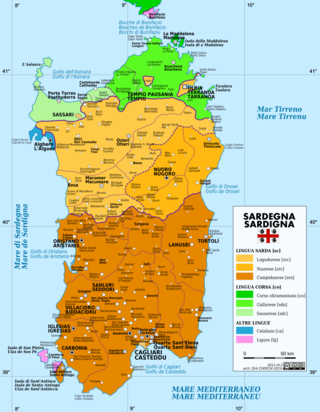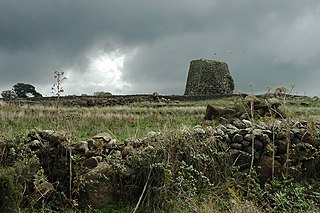This article needs additional citations for verification .(December 2009) |
You can help expand this article with text translated from the corresponding article in Italian. (January 2012)Click [show] for important translation instructions.
|
| Logudorese Sardinian | |
|---|---|
| sardu logudoresu logudoresu | |
| Native to | Italy |
| Region | Sardinia (Central-southern part of the Province of Sassari Northern part of the Province of Nuoro Northern part of the Province of Oristano) |
| Ethnicity | Sardinians |
Native speakers | (500,000 cited 1999) [1] |
Indo-European
| |
| Language codes | |
| ISO 639-1 | sc |
| ISO 639-2 | srd |
| ISO 639-3 | src Logudorese Sardinian |
| Glottolog | logu1236 Logudorese Sardinian |
| ELP | Logudorese Sardinian |
| Linguasphere | 51-AAA-sa |
 Languages and dialects of Sardinia | |
Logudorese Sardinian (Sardinian : sardu logudoresu, Italian : sardo logudorese) is one of the two written standards of the Sardinian language, which is often considered one of the most, if not the most conservative of all Romance languages. The orthography is based on the spoken dialects of central northern Sardinia, identified by certain attributes which are not found, or found to a lesser degree, among the Sardinian dialects centered on the other written form, Campidanese. Its ISO 639-3 code is src.










